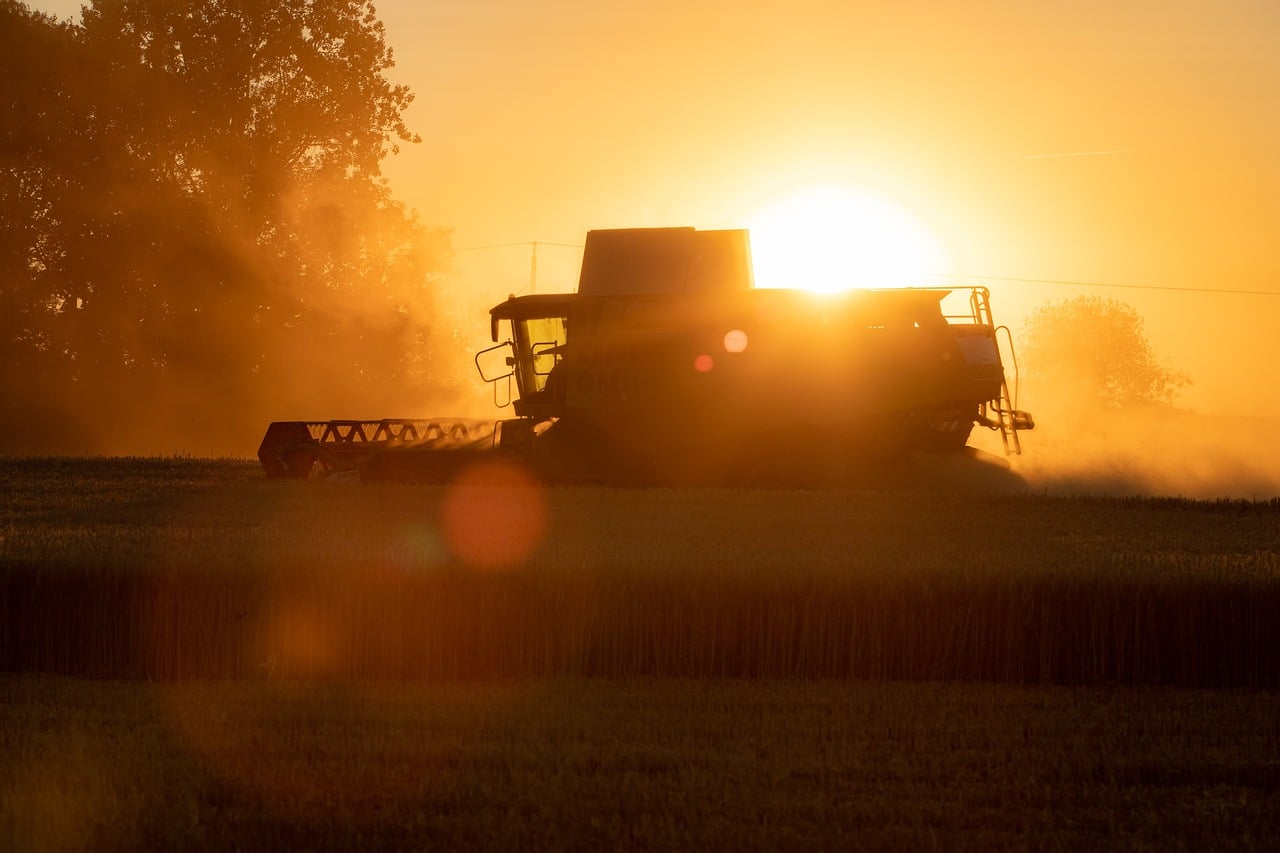Of all the buzzwords I have heard lately, one that sticks with me is: “the new normal.” What we’re experiencing today is a departure from the predictable patterns of the past. Instead, we adapt to a world where weather patterns are more erratic than ever.
It seems we’ve bid farewell to what we once considered a normal year. Late harvests have become routine, accompanied by the challenge of harvesting in wet conditions like rain or snow. Dry growing seasons have plagued us, further complicating matters. And this year, minimal rainfall across Alberta threatened to impact yields significantly. Some areas are fortunate to have received ample moisture, but many have not been so lucky.
But this so-called new normal is not a single phenomenon we can easily define. It’s a complex tapestry of challenges that demand adaptability. Mechanical damage, shrivelled seeds, immaturity, green seeds — these are the quality issues we anticipated this year. In areas where wetness has lingered, frost becomes a concern, as it affects germination potential and vigour over time.
Fortunately, modern testing allows us to glean a plethora of insights into the physical qualities of seed. It’s not just about testing for disease anymore; it’s about understanding the seed’s history, from its experiences in the field to its appearance in the lab. Sometimes, a seed that looks great on the outside might encounter unforeseen challenges that will impact its viability.
We possess the ability to read a seed and deduce its journey — whether it endured stress due to drought, excessive rain, or other factors. This knowledge is our most valuable tool in advising our customers about seed longevity and how best to ensure they are using good seed the following cropping season.
Of course, we can’t ignore the return of El Niño, which is making headlines once again. It’s another variable thrown into the mix, adding to the uncertainty of our weather patterns. Predicting what lies ahead this winter, with climate change looming large, is a task fraught with unpredictability. In times like these, our role as customer advisors becomes more critical than ever.
A recent message I received from an agronomist in Chile reminds me of the global nature of our industry. El Niño, they say, will bring high temperatures, impacting canola flowering, kernel weights, and germination. Interestingly, these are the same challenges we’ve been dealing with even before El Niño’s arrival. Thankfully, the remarkable resilience of some canola varieties may help the plants withstand these minor setbacks.






